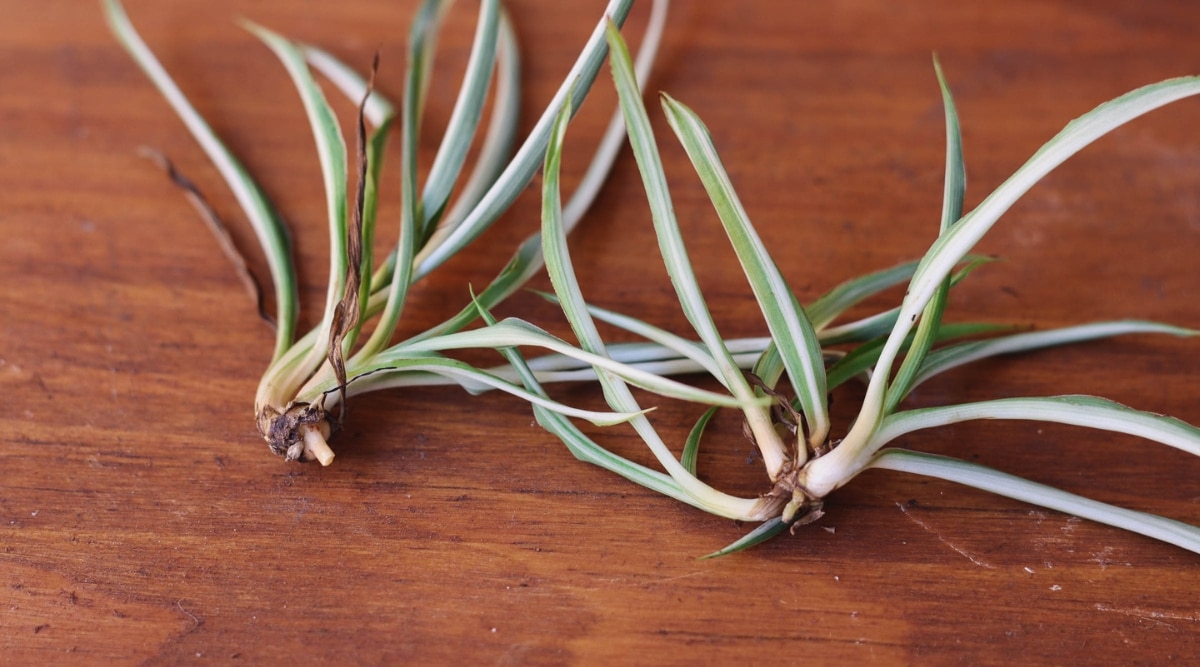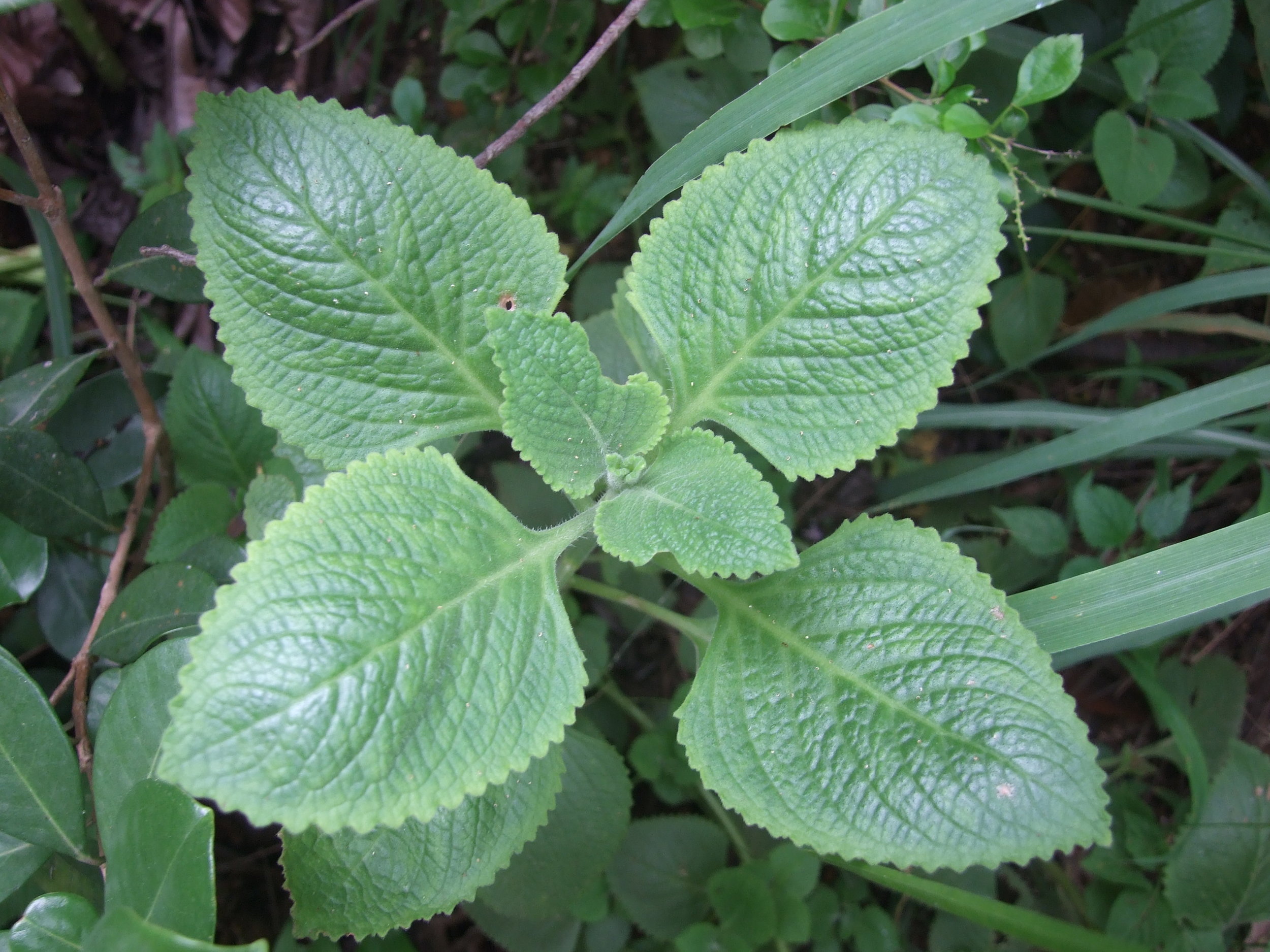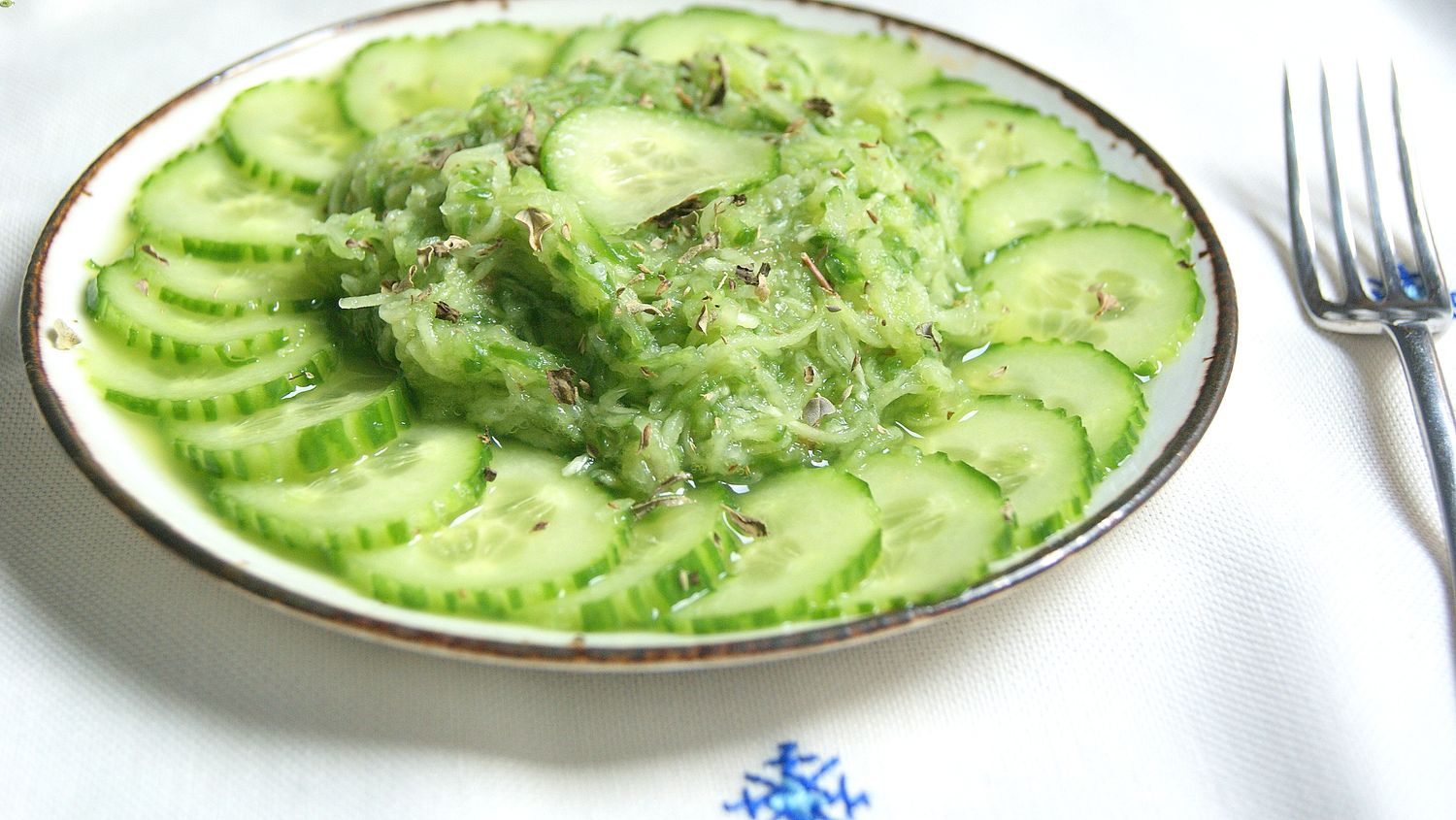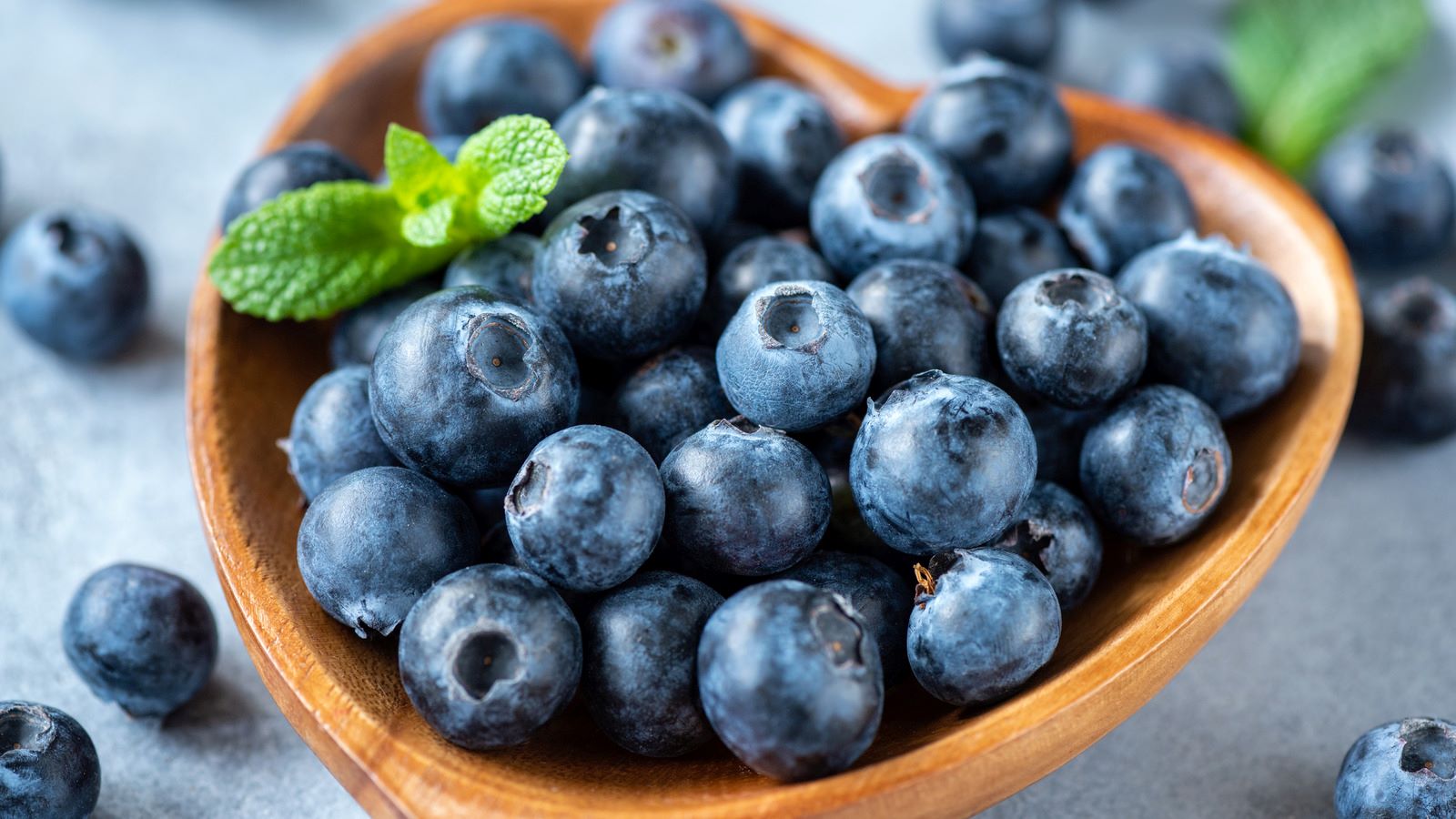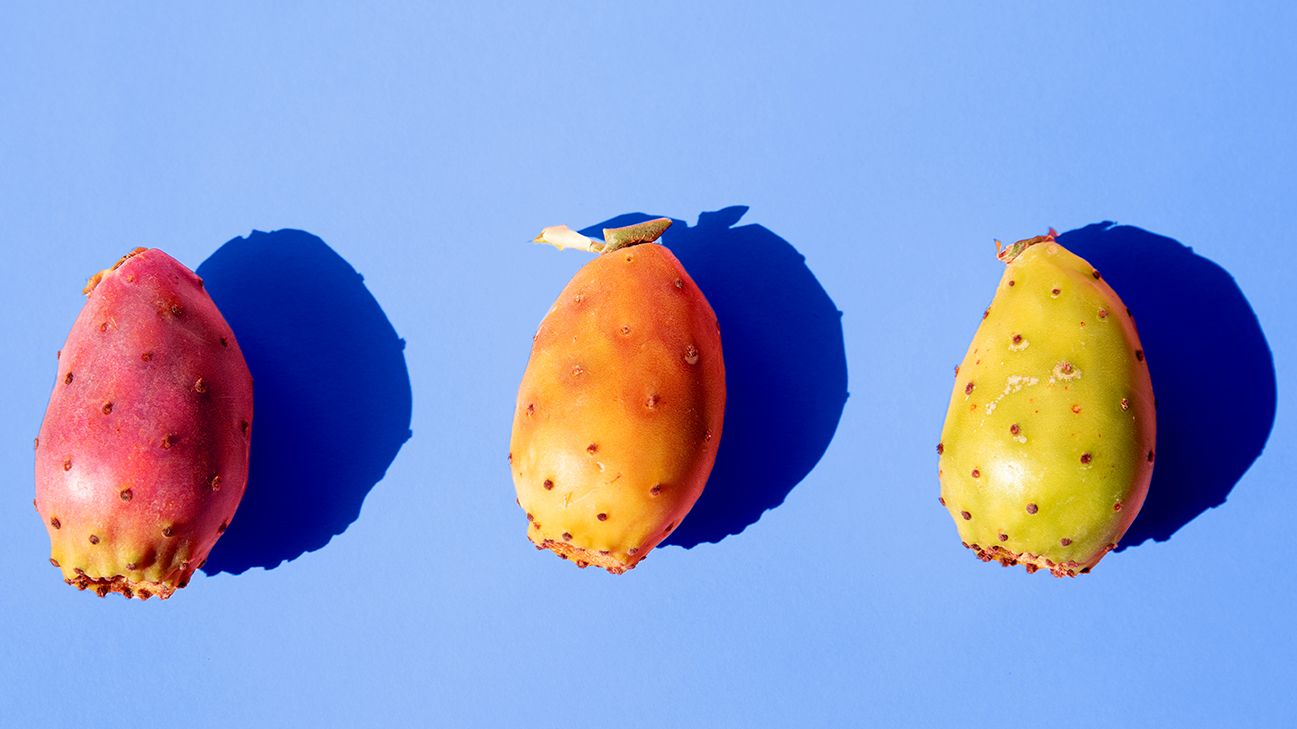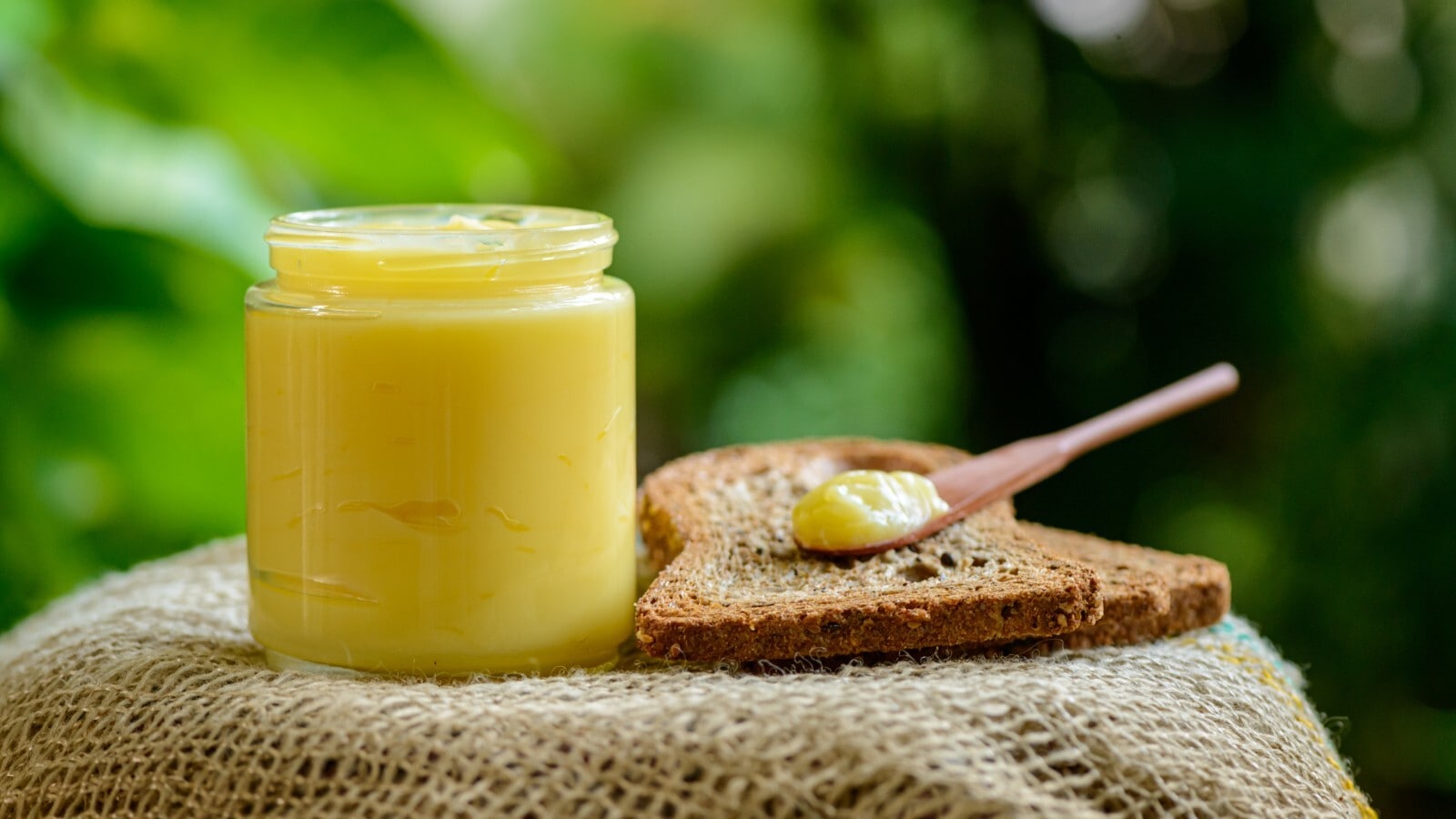Discovering the Delightful World of Cattail Plants
Have you ever come across a cattail plant while taking a leisurely stroll by a pond or marsh? These unique plants are not just a picturesque addition to the natural landscape; they are also edible and offer a variety of culinary possibilities. In this article, we will explore the different ways to enjoy cattail plants as part of your diet.
Identifying Cattail Plants
Before delving into the culinary aspects, it’s important to be able to identify cattail plants. These tall, slender plants are characterized by their distinctive cigar-shaped brown seed heads and long, flat leaves. They are commonly found in wetland areas and are easily recognizable once you know what to look for.
Harvesting Cattail Plants
When it comes to harvesting cattail plants, it’s essential to do so responsibly and sustainably. The best time to harvest cattails is in the early summer when the shoots are young and tender. Look for plants that are free from any signs of pollution or contamination, and always obtain permission if you are harvesting on private land or in protected areas.
Preparing Cattail Shoots
One of the most popular ways to enjoy cattail plants is by incorporating the tender shoots into your meals. To prepare cattail shoots, start by removing the outer leaves and any tough outer layers. The inner core of the shoot is what you’re after – it’s crisp, slightly sweet, and can be eaten raw or cooked.
Here are a few ways to prepare cattail shoots:
- Raw: Add thinly sliced cattail shoots to salads for a crunchy texture and mild flavor.
- Stir-fry: Sauté cattail shoots with garlic and soy sauce for a quick and delicious side dish.
- Pickled: Preserve the fresh flavor of cattail shoots by pickling them with vinegar and spices.
Exploring Cattail Roots
In addition to the shoots, cattail roots can also be a valuable addition to your culinary repertoire. The roots are best harvested in the fall when the plant’s energy is concentrated in this underground part. After harvesting, the roots can be cleaned, peeled, and prepared in various ways.
Here are some ways to enjoy cattail roots:
- Boiled: Simmer the roots in water until tender, then season with salt and butter for a simple and satisfying dish.
- Flour: Dry and grind the roots into a starchy flour that can be used in baking or as a thickening agent in soups and stews.
- Tea: Infuse cattail root slices in hot water to create a soothing and earthy herbal tea.
Embracing Cattail Pollen
Another unique culinary treasure that cattail plants offer is their pollen. In early summer, the male cattail flowers release copious amounts of fine, yellow pollen that can be collected and used in various recipes. Cattail pollen has a delicate, nutty flavor and can add a touch of elegance to your dishes.
Ways to use cattail pollen:
- Baking: Incorporate cattail pollen into bread, muffin, or pancake recipes for a subtle, golden hue and a hint of nuttiness.
- Smoothies: Add a spoonful of cattail pollen to your favorite smoothie for a nutritional boost and a unique flavor profile.
- Dusting: Use cattail pollen as a decorative and flavorful dusting for desserts or savory dishes.
Conclusion
As you can see, cattail plants offer a wealth of culinary possibilities, from their tender shoots to their versatile roots and delicate pollen. However, it’s important to always be mindful of sustainable harvesting practices and to properly identify the plants before consuming them. With a sense of adventure and a respect for nature, you can explore the delightful world of cattail plants and incorporate them into your culinary creations.
Exploring Cattail Culinary Creations
For those inspired by the versatility of cattail plants, a range of recipes awaits that can transform this humble wetland plant into delectable meals. Among the recommended dishes to try are Simple Cattail Pancakes, for their unique flavor and nutritious boost, and Hearty Cattail Stew, perfect for a hearty, comforting meal. These recipes not only make use of the entire plant but also introduce an exciting twist to everyday cooking. Trying out Crispy Roasted Cattail Roots provides a crunchy, nutritious snack, while the Crispy Cattail Tempura offers a delightful crispy treat, ideal for those exploring new textures in their culinary pursuits.
